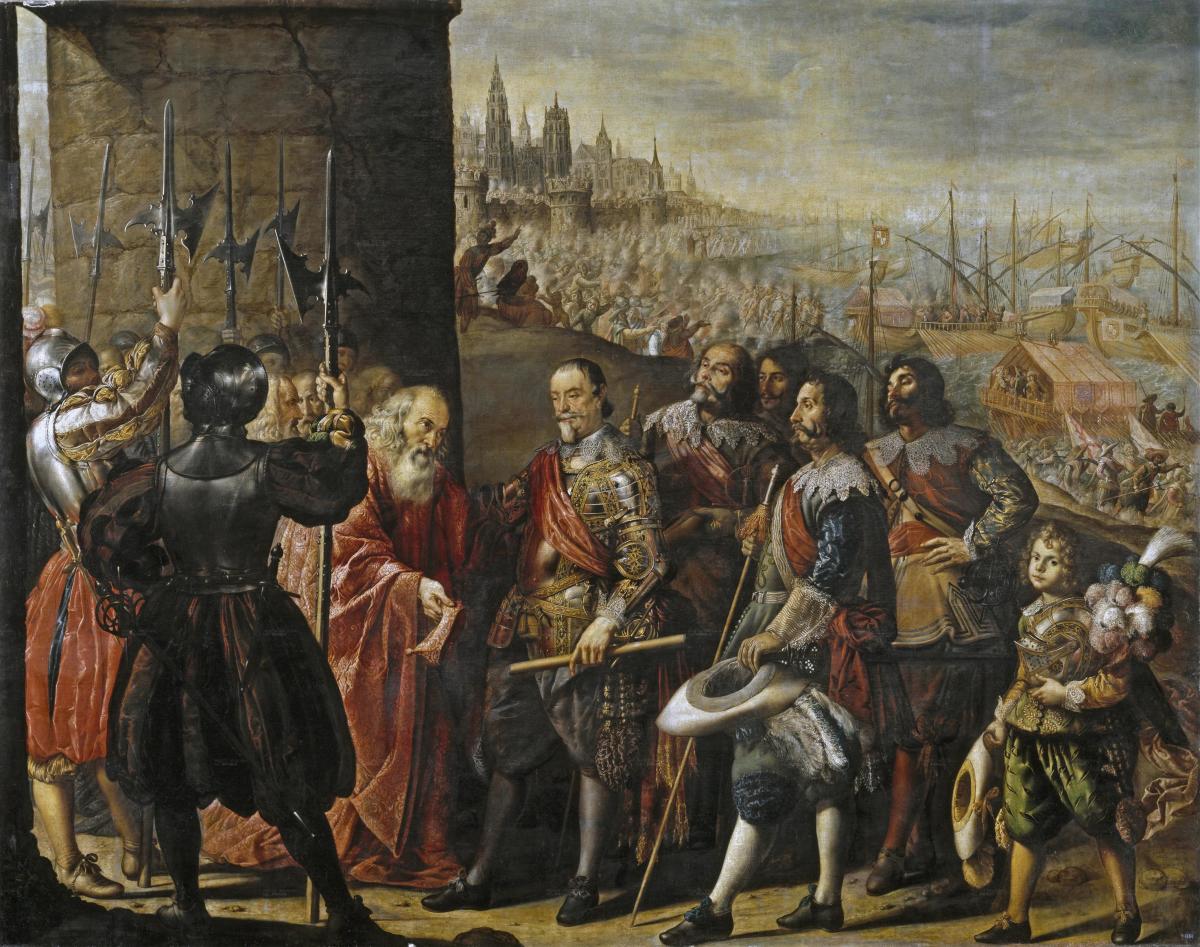Like the great wars of the sixteenth century, the Thirty Years’ War of 1618-1648 was in part a conflict over religions. This time, however, most of the fighting took place in Germany. The Habsburg emperor, Ferdinand II (r. 1619-1637), made the last serious political and military effort to unify Germany under Catholic rule.
The Thirty Years’ War began as a conflict between Catholics and Protestants; it ended as a struggle to reduce the power of the Habsburgs. The war finally involved most of the European powers and their colonies. It was, in the context of the times, the first “world war.”
By the opening of the seventeenth century, the religious situation in Germany was becoming increasingly unsettled. Calvinism had spread rapidly since 1555; Calvinist princes sponsored missions and banded together in the Protestant Union (1608). This led Catholic German states to form the rival Catholic League (1609). Both the Union and the League also had political ambitions, representing the interests of German particularism—that is, of the individual states—against those of the Holy Roman Empire.
The German religious situation concerned the Spanish Habsburgs as well as the Austrians. After the Dutch revolt, the Spaniards wanted to stabilize a line of communications between their Belgian and Italian lands traversing the Rhine valley and the Alps. The Dutch and the French both wanted to thwart Spanish plans for securing this overland route.

